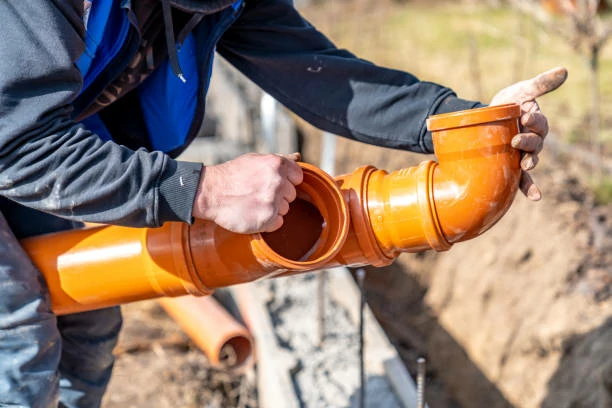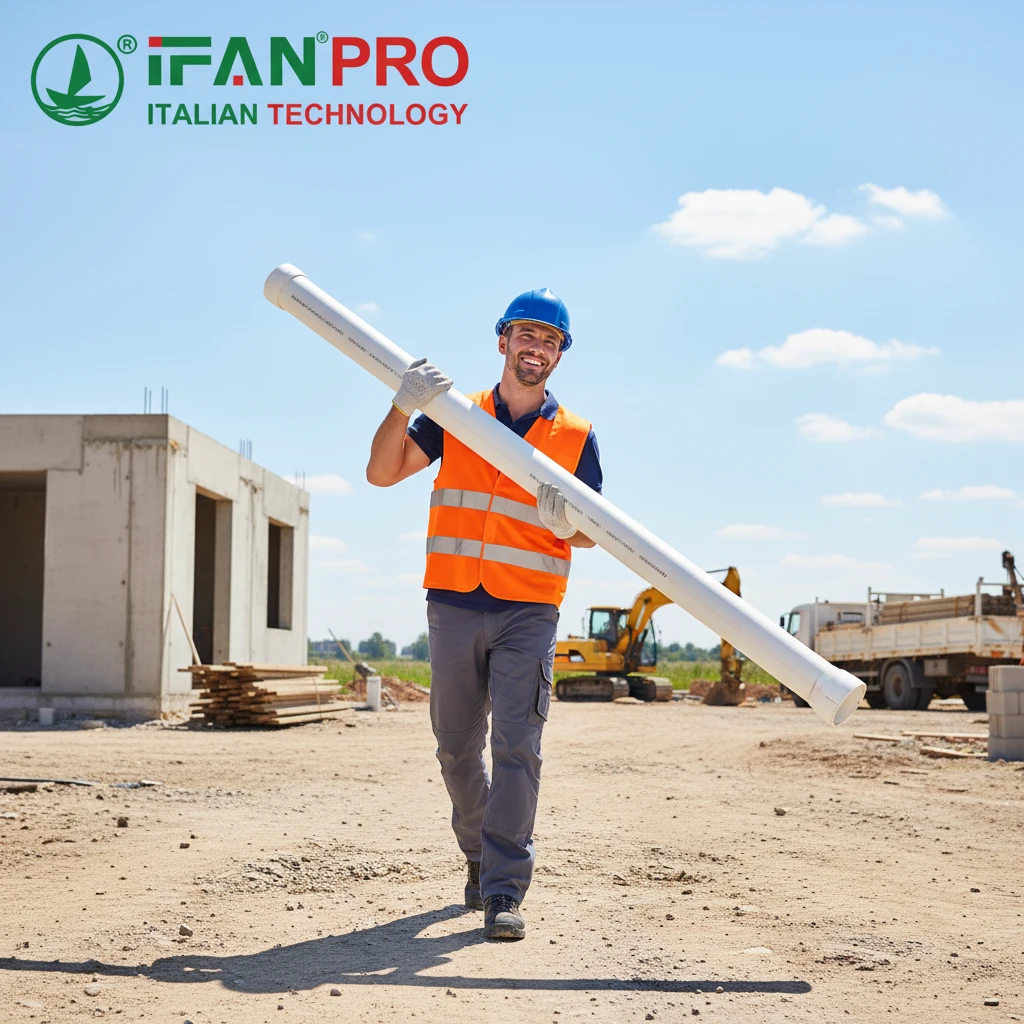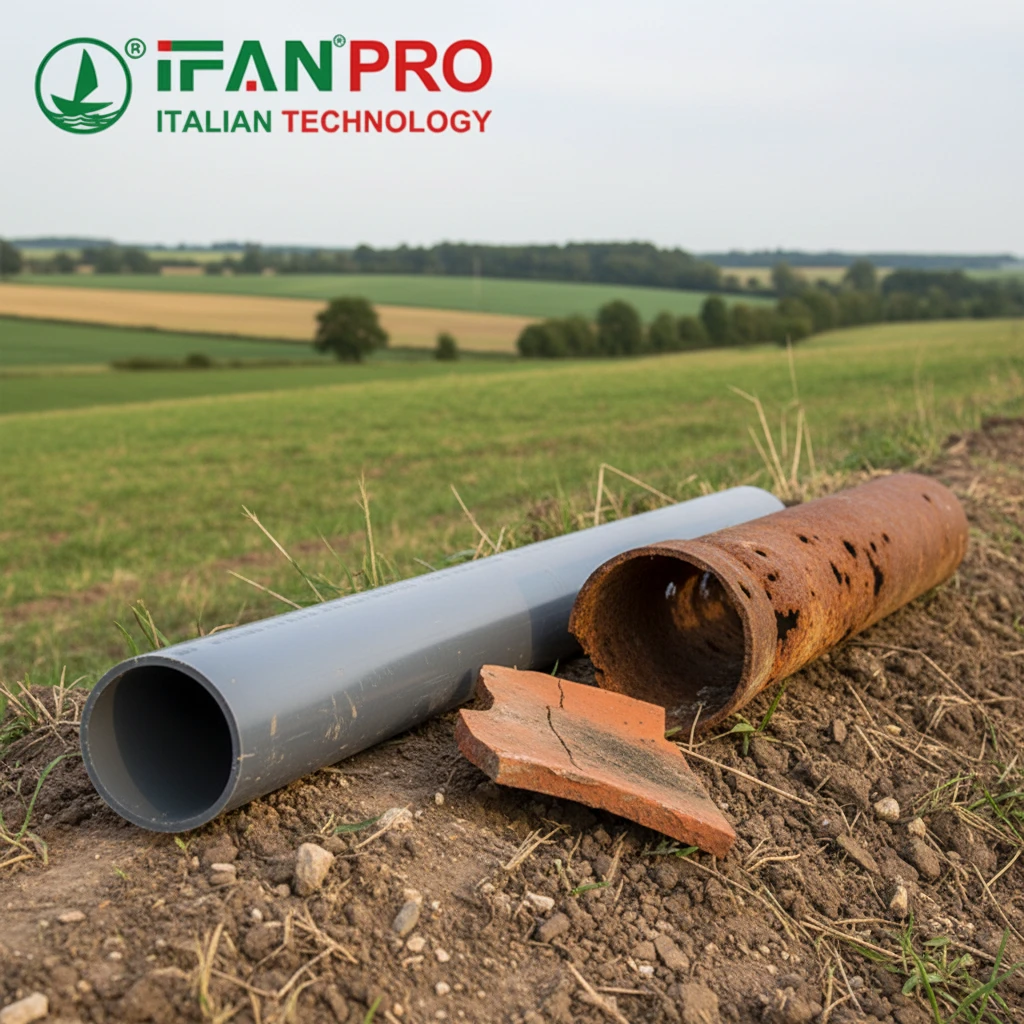Introducción
PVC pipes and fittings are widely used in plumbing, irrigation, and various industrial applications due to their durability, cost-effectiveness, and ease of installation. However, to ensure a secure and long-lasting connection, one must employ advanced techniques for joining these components. This comprehensive guide explores several advanced techniques to enhance the reliability and performance of PVC pipe joints.
Solvent Cement Welding
Solvent cement welding is the most common method for joining PVC pipes and fittings. This technique involves using a solvent-based adhesive that chemically fuses the pipe and fitting together.
- Preparation: Clean the pipe and fitting ends thoroughly to remove any dirt, grease, or debris. Use a PVC cleaner or primer for best results.
- Application: Apply a generous layer of PVC solvent cement to both the pipe and the fitting. Ensure even coverage to avoid weak spots.
- Joining: Quickly push the pipe into the fitting while rotating slightly to spread the cement evenly. Hold the joint in place for a few seconds to allow initial bonding.
- Curing: Allow the joint to cure as per the manufacturer’s instructions, typically 24 hours, before testing or using the system.
Heat Fusion
Heat fusion is an advanced technique that uses heat to melt the surfaces of the PVC pipe and fitting, creating a strong, homogeneous joint.
- Equipment: Use a heat fusion machine designed for PVC pipes. Ensure the machine is set to the appropriate temperature for PVC material.
- Heating: Insert the pipe and fitting into the machine’s heating elements. Heat until the surfaces become soft and glossy.
- Joining: Remove the heated components from the machine and quickly push them together, ensuring proper alignment.
- Cooling: Hold the joint in place until it cools and solidifies, forming a strong bond.
Mechanical Couplings
Mechanical couplings provide a versatile and reusable method for joining PVC pipes without using adhesives or heat.
- Selection: Choose a coupling appropriate for the pipe diameter and application. Options include compression fittings, push-fit couplings, and threaded adapters.
- Preparation: Clean the pipe ends and ensure they are cut squarely for a proper fit.
- Installation: Follow the manufacturer’s instructions for installing the coupling. This may involve tightening nuts, compressing gaskets, or simply pushing the pipes into the fitting.
- Testing: Check the joint for leaks and ensure it can withstand the system’s operating pressure.
Electrofusion
Electrofusion is a highly advanced technique commonly used in industrial applications. It involves using an electrofusion fitting that incorporates embedded heating elements.
- Preparation: Clean and scrape the pipe ends to ensure a clean surface for welding.
- Fitting: Insert the pipe ends into the electrofusion fitting, ensuring they are properly aligned.
- Welding: Connect the electrofusion control unit to the fitting. The unit passes an electric current through the embedded elements, heating and melting the PVC surfaces.
- Cooling: Allow the joint to cool completely before handling or pressurizing the system.
Flange Connections
Flange connections are used for joining PVC pipes where regular disassembly is required, such as in maintenance-intensive systems.
- Components: Use PVC flanges, gaskets, bolts, and nuts to create the connection.
- Preparation: Clean and square the pipe ends. Attach the flanges to the pipe ends using solvent cement or mechanical fittings.
- Assembly: Place a gasket between the flanges and align the bolt holes. Insert the bolts and tighten the nuts in a cross-pattern to ensure even pressure.
- Inspection: Check for proper alignment and tightness. Ensure the gasket forms a complete seal to prevent leaks.
Compression Joints
Compression joints offer a secure and flexible connection method, especially useful in irrigation and low-pressure systems.
- Components: Use compression fittings, which consist of a nut, a compression ring (ferrule), and a fitting body.
- Preparation: Clean the pipe ends and cut them squarely. Slide the nut and compression ring onto the pipe.
- Assembly: Insert the pipe into the fitting body. Slide the compression ring and nut towards the fitting and tighten the nut by hand.
- Securing: Use a wrench to tighten the nut further, compressing the ring and creating a watertight seal.
O-Ring Seals
O-ring seals provide a reliable and easy-to-maintain connection for PVC pipes, especially in systems requiring frequent disassembly.
- Components: Use fittings with integrated O-rings, such as push-fit or gasketed fittings.
- Preparation: Clean and lubricate the pipe ends and the O-rings to facilitate easy insertion.
- Assembly: Push the pipe ends into the fitting until they contact the internal stops. Ensure the O-ring seats properly and forms a seal.
- Testing: Pressurize the system and check for leaks, ensuring the O-rings maintain a tight seal under operating conditions.
Conclusión
Advanced techniques for joining PVC pipes and fittings ensure reliable and durable connections, essential for various applications. By understanding and implementing these methods, one can achieve superior performance and longevity in PVC piping systems. Whether using solvent cement welding, heat fusion, mechanical couplings, or other advanced methods, proper preparation, and execution are key to successful installations.
Conectar
IFAN es un fabricante chino de tuberías, accesorios y válvulas de plástico con 30 años de experiencia. Si está interesado en IFAN accesorios de cobre, válvulas de cobre, tuberías y accesorios de plástico, póngase en contacto con nosotros. IFAN le ofrece una variedad de tuberías estándar para satisfacer sus necesidades específicas. Haga clic a continuación para obtener más información sobre la amplia gama de productos de válvulas y productos relacionados con sistemas de tuberías asequibles y rentables de IFAN.
Responderemos a su correo electrónico o fax en 24 horas.
Puede llamarnos en cualquier momento si tiene alguna duda sobre nuestra producción.
Para más información, visite nuestra página web https://ifanpro.com/
Pls Mailto: [email protected]
Whatsapp: + 86 19857948982














Comentarios recientes